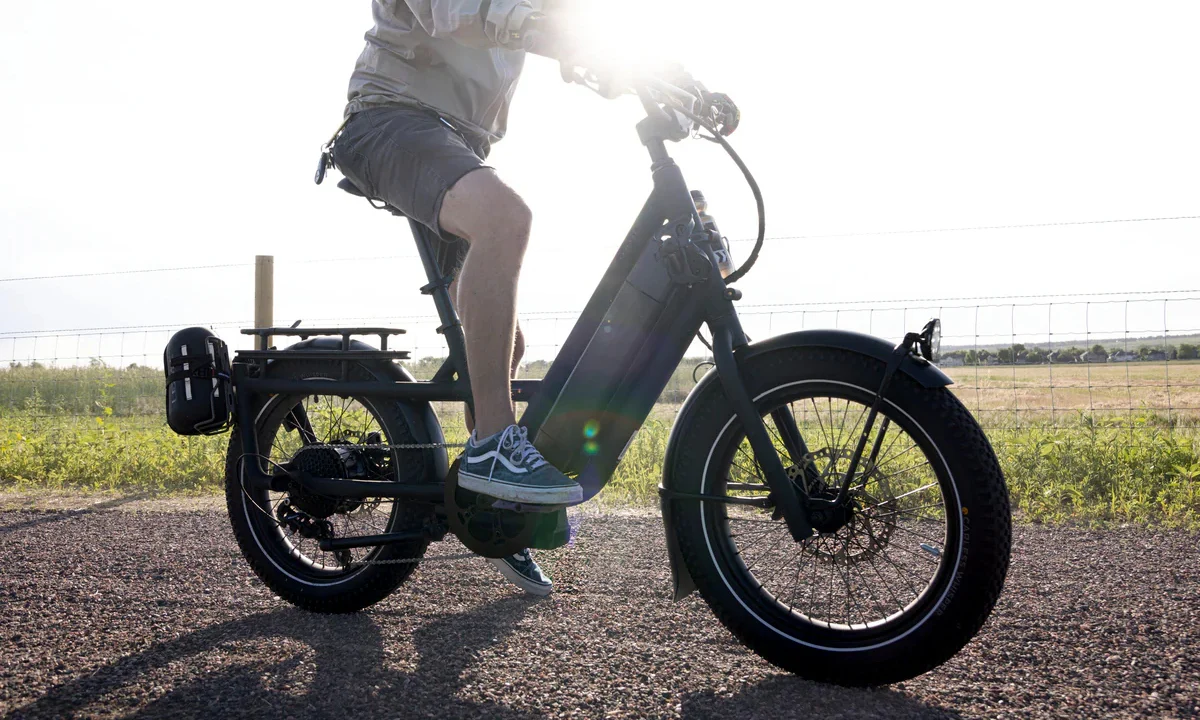Bike models in the Specialized bike line-up often feature a descriptor after the model name that denotes a bike's "build level." Think of it like this, when shopping for a car, you often have a choice of trims from base to premium. The build level of a bike is just like that. You pay more for a higher-end build, and you know that's what you're getting because it's in the name.

The hierarchy of Specialized builds from lowest to highest is:
- Base
- Sport
- Comp
- Expert
- Pro
- S-Works
For example, the various Specialized Tarmac road bike builds will be named as such:
- Tarmac
- Tarmac Sport
- Tarmac Comp
- Tarmac Expert
- Tarmac Pro
- S-Works Tarmac
Of course, higher-end builds will cost more money.
Specialized bike builds vary in the component spec level and, for carbon frames, the quality of carbon that is used in the frame. Sport is the entry-level build which uses less expensive, entry-level components, while S-Works is Specialized’s premium offering, which uses their lightest, high-modulus carbon and top-of-the-line components. For road and gravel bikes, it might look something like this:
|
Model |
Frame Material |
Drivetrain |
Wheels |
|
Base / Sport |
Alloy |
Shimano Tiagra / SRAM Apex |
Alloy |
|
Comp |
FACT 10r Carbon |
Shimano 105 / SRAM Rival |
Alloy |
|
Expert |
FACT 10r Carbon |
Shimano 105 / SRAM Rival |
Carbon |
|
Pro |
FACT 10r Carbon |
Shimano Ultegra / SRAM Force |
Carbon |
|
S-Works |
FACT 12r Carbon |
Shimano Dura-Ace / SRAM RED |
Carbon |
For mountain bikes, the quality of the suspension will also vary — entry-level Sport and Comp models get more basic entry-level suspension, mid-range Expert models get mid-range suspension with more adjustments and better performance, and high-end Pro and S-Works models get top-of-the-line suspension.
The specific components that come with each build level will depend on the specific model (so you'll have to do some research), but this at least give you a general sense of how different models in the specialized line-up stack up.
























